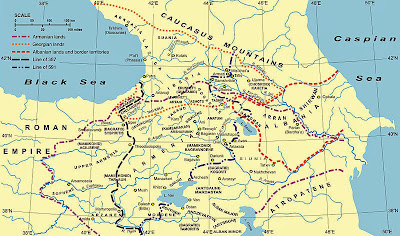The three-color national flag of Azerbaijan was accepted by the government of the Democratic Republic of Azerbaijan on November 9, 1918. After the collapse of the Democratic Republic in April 28, 1920 and the establishment of the Soviet regime this flag was relinquished in Azerbaijan. Yet the flag was restored by the order of the Supreme Medjlis of the Nakhichevan Autonomous Republic and was declared the national flag of the Autonomous Republic on November 17,1990. At the same time the Supreme Medjlis of Nakhichevan Autonomous Republic petitioned to the Supreme Council of the Azerbaijan SSR for recognition of the three-color flag the national flag of Azerbaijan.
The Supreme Council of the Azerbaijan Republic considered the petition of the Supreme Medjlis of Nakhichevan Autonomous Republic and approved the three-color flag the national flag of the Azerbaijan Republic on February 5, 1991.
The national flag of the Azerbaijan Republic consists of three equal strips. The upper strip is of
The Supreme Council of the Azerbaijan Republic considered the petition of the Supreme Medjlis of Nakhichevan Autonomous Republic and approved the three-color flag the national flag of the Azerbaijan Republic on February 5, 1991.
The national flag of the Azerbaijan Republic consists of three equal strips. The upper strip is of








